Guide To Buying An Exercise Mat
If you participate in group classes or need to stretch after an intense workout at the gym, you’ll appreciate the need for your own mat. A personal exercise mat feels more comfortable to use and is also far more hygienic since it’s not ridden with other people’s sweat and bacteria.
Product Comparison Table
What To Look for
06/01/2020
Choose the right mat for your workout.
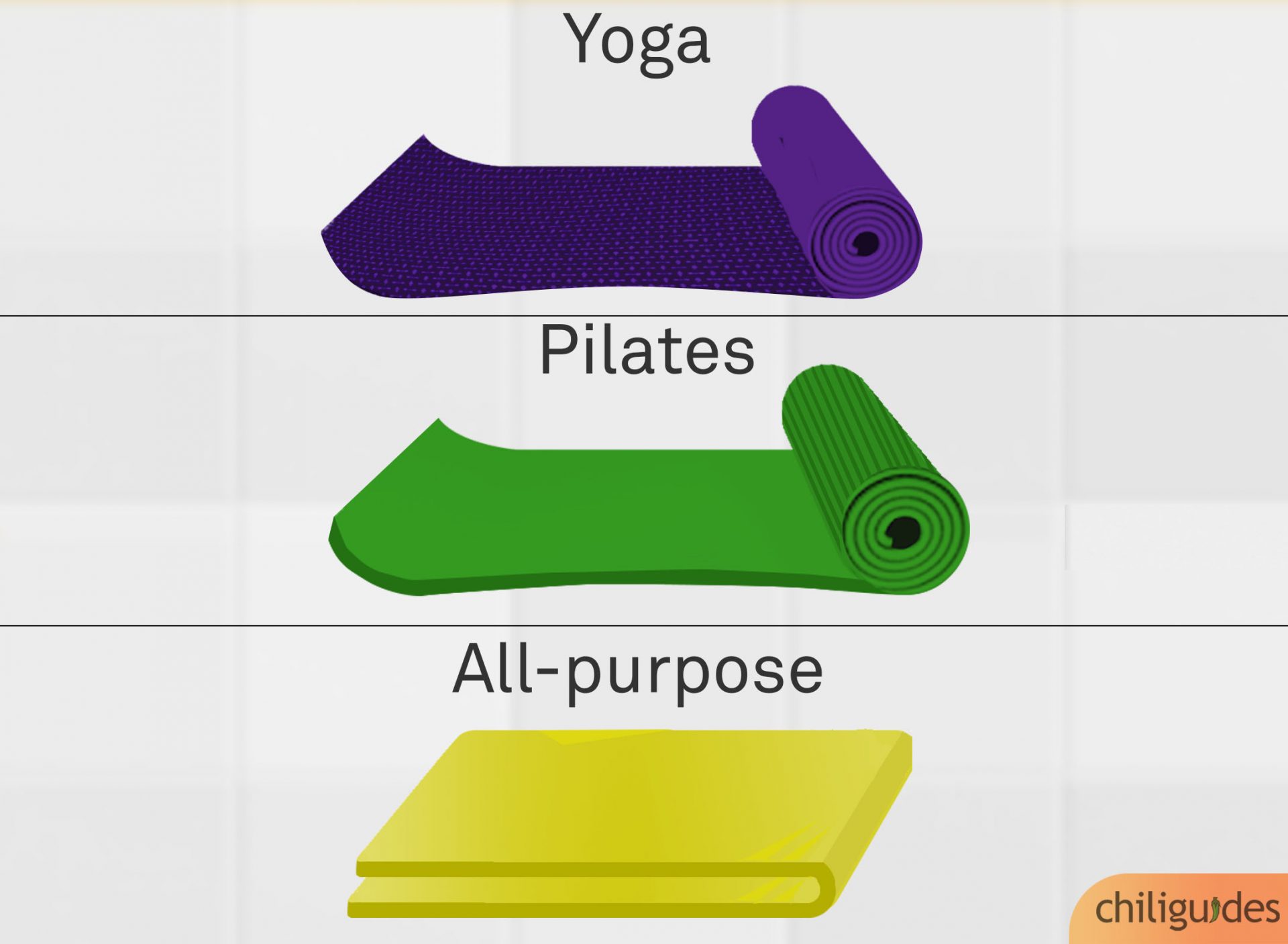


- Yoga mats are thin, lightweight, and relatively flexible. If you are looking to buy a mat for hot yoga, ensure it has a moisture absorbent surface to keep you from slipping on your sweat.
- Pilates mats are a bit thicker than yoga mats. They have a textured bottom for added grip and a very smooth surface to make it easier to perform pilates specific movements.
- All-purpose mats are very thick and durable, making them suitable for high-intensity exercises. You can buy an all-purpose mat with a vinyl covering for additional durability.
Get a mat that is easy to carry and machine washable.
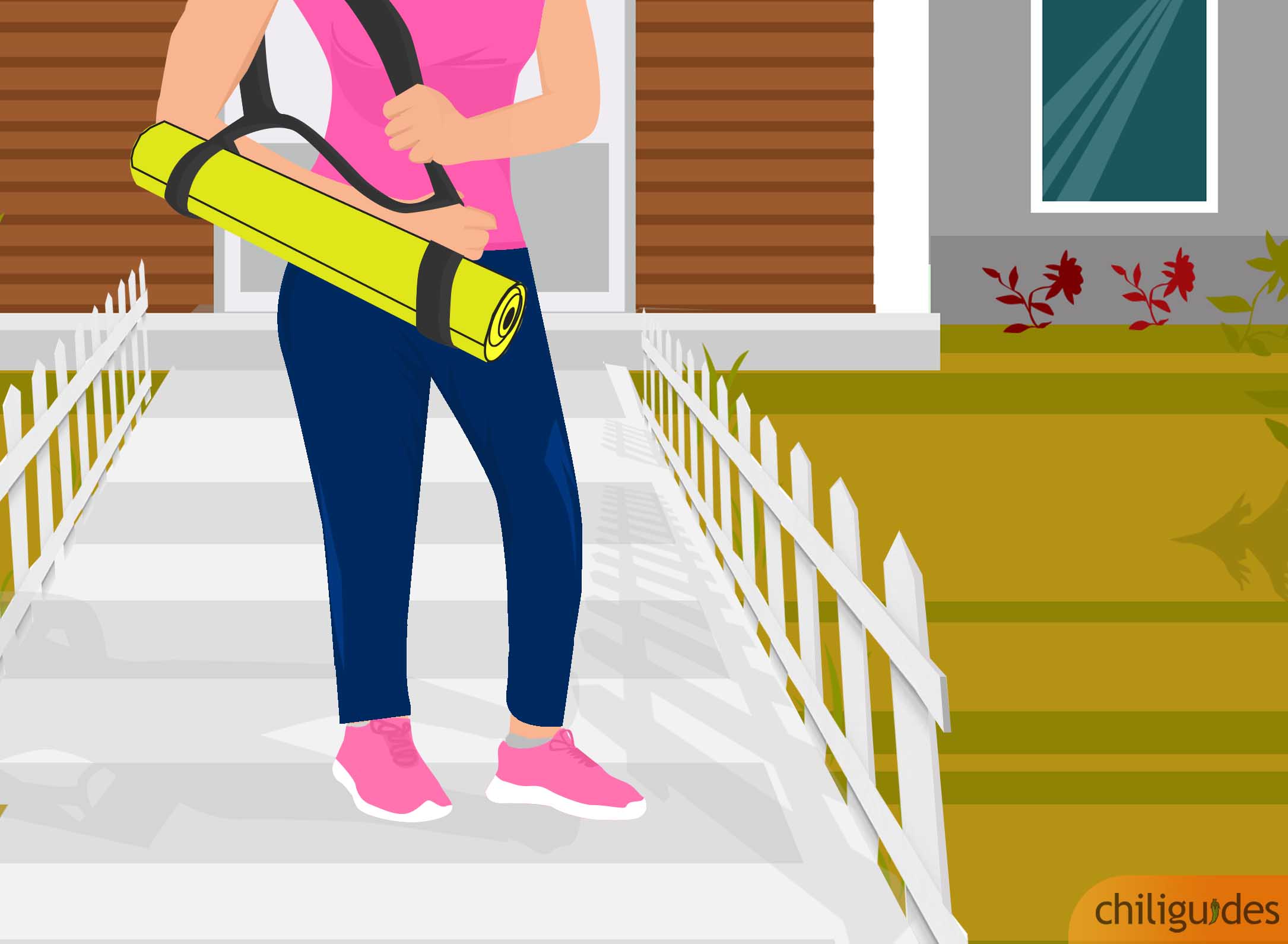


- Go for a mat that is light and easily rollable if you will frequently be carrying it to the gym or fitness studio as lightweight mats will help prevent shoulder and back fatigue.
- Additionally, since the mat will be on the floor for a long time, it can collect a lot of dust and bacteria. Therefore, look for a machine-washable mat to avoid having to scrub it down every day.
Synthetic vs. Natural materials
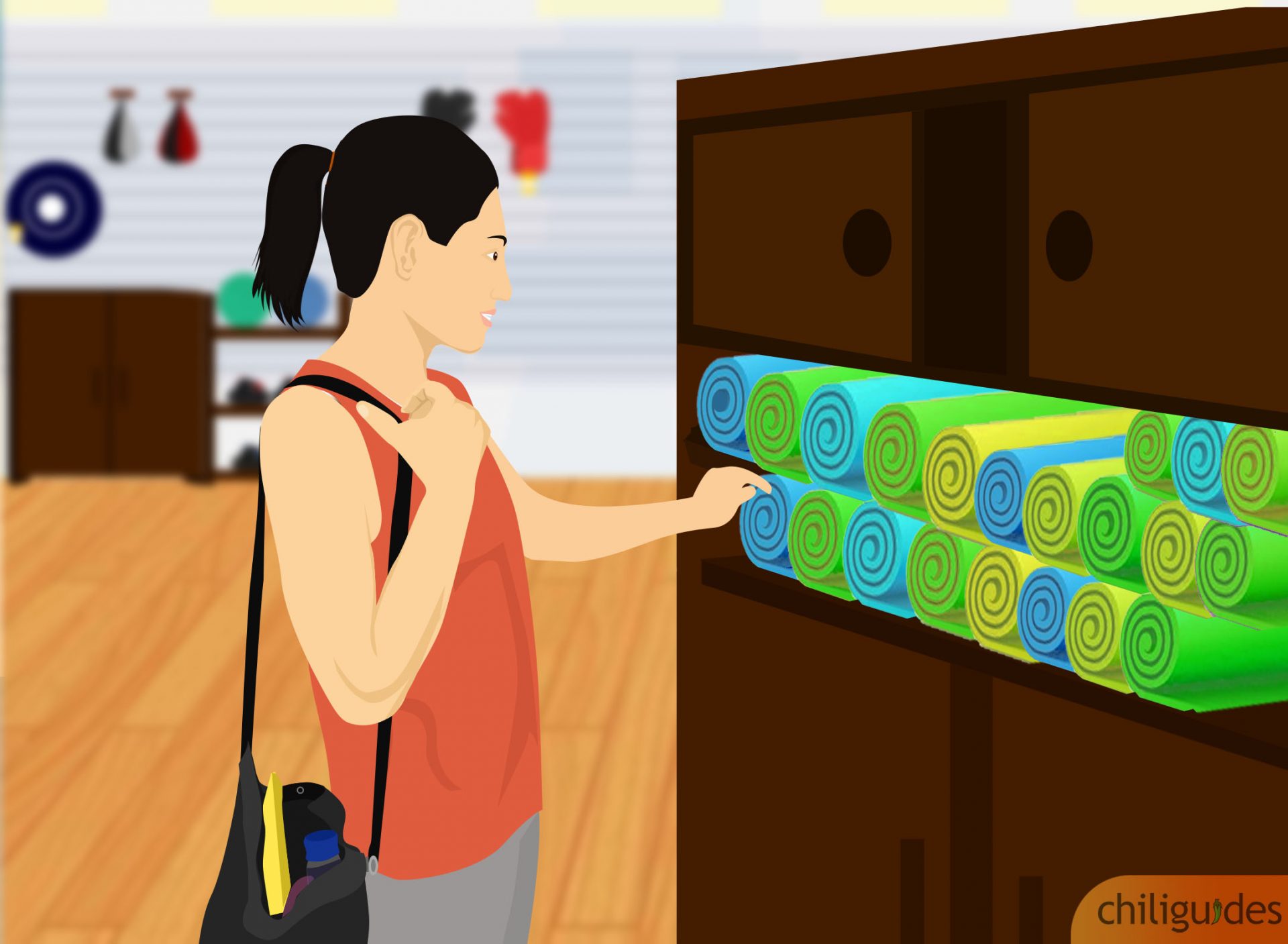


- Exercise mats come in natural and synthetic materials. Synthetic materials like PVC are generally inexpensive and perform just as well as natural materials such as plant rubber.
- Natural materials are comparatively more expensive but ordinarily last longer and are better for the environment.
Moisture-wicking mats are hygienic and easy to clean.
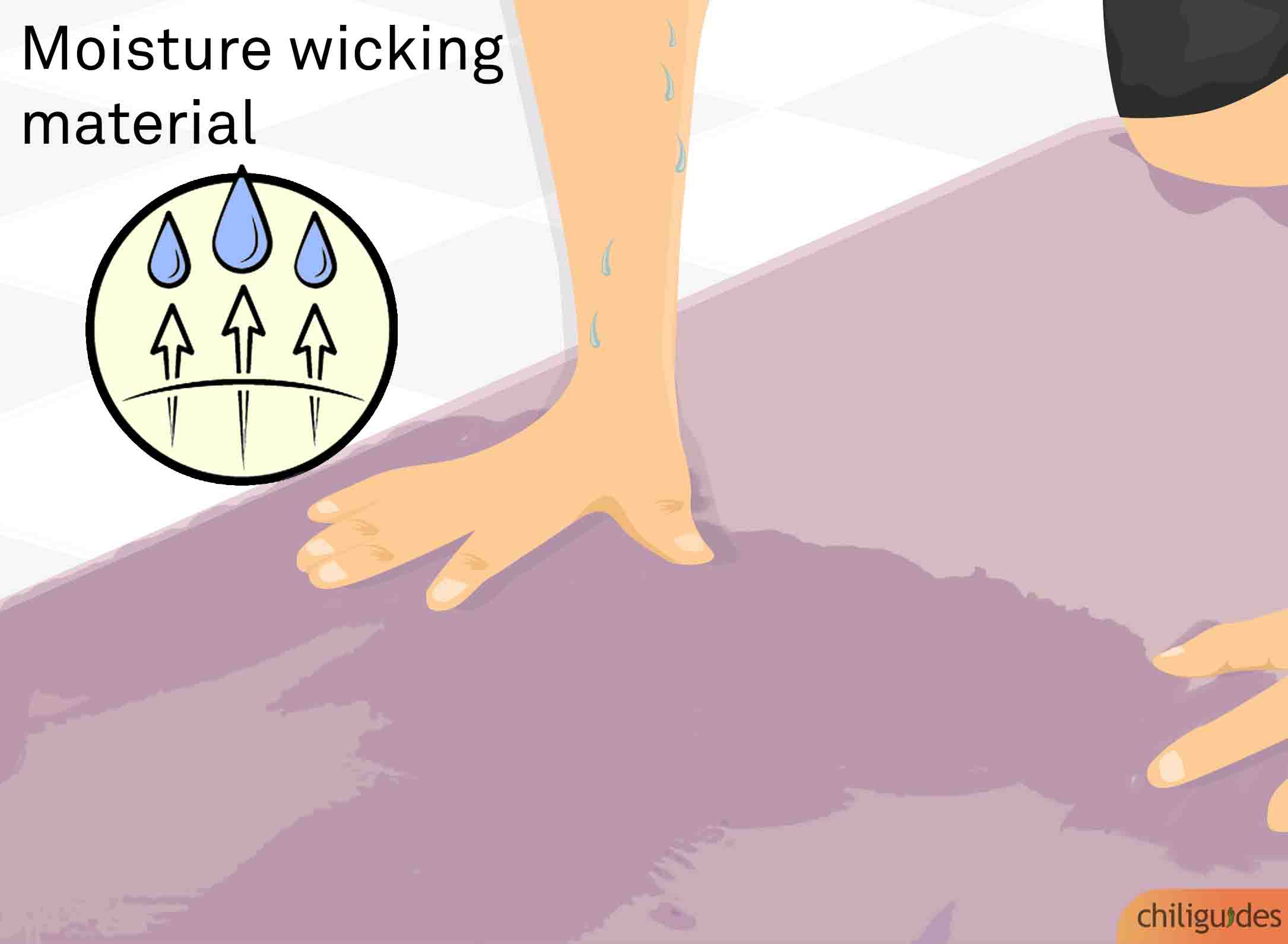


- Whether you’re buying a mat made from synthetic or natural materials, it is sensible to go for something with moisture-wicking properties.
- Mats that collect moisture are hard to clean and start smelling of mildew within a few days.
- However, if you’re doing hot yoga, then a moisture absorbent mat is a better choice to avoid slipping.
Top Picks
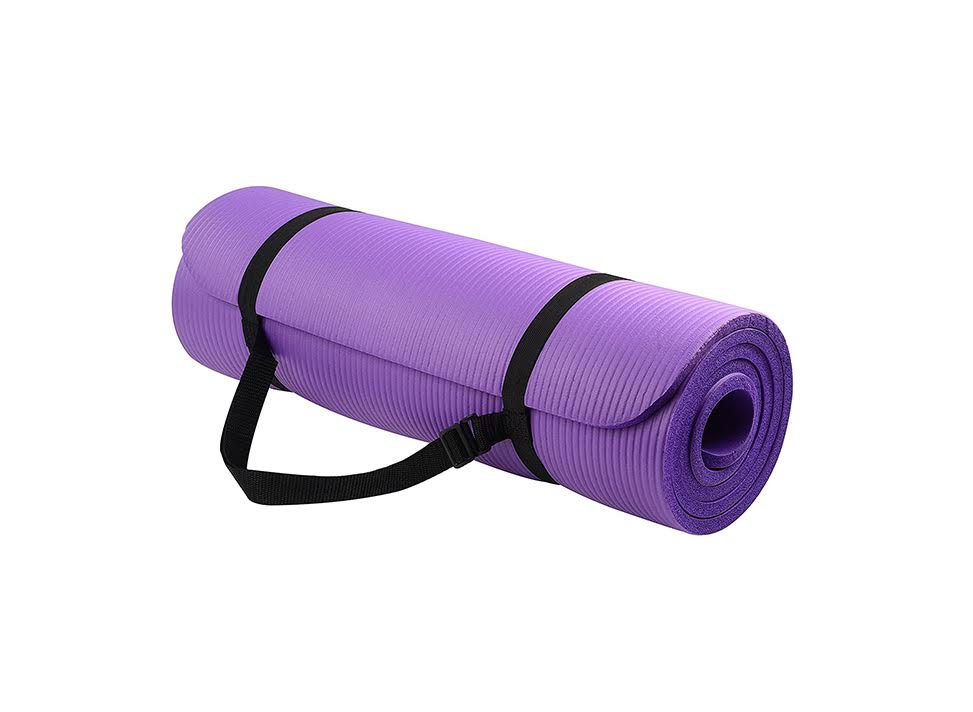


Best Yoga Mat
Balance From Go Yoga Mat
For $19.63
- Comfortable on hard surfaces
- Lightweight
- Carry strap included
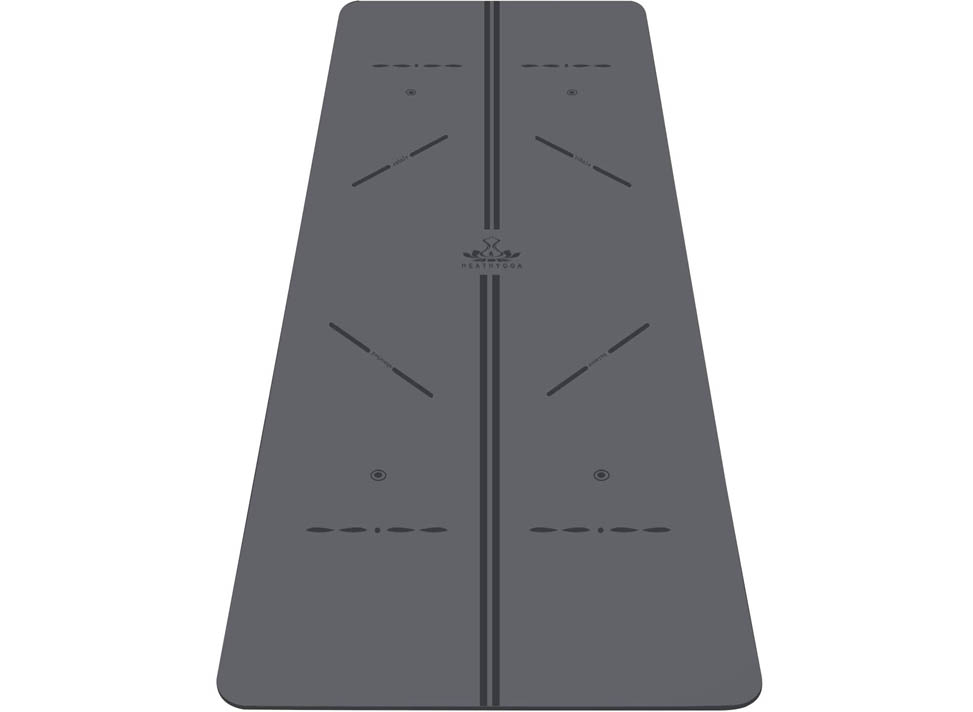


Best Yoga Mat For Hot Yoga
Heathyoga ProGrip Yoga Mat
For $39.95
- Alignment lines serve as training wheels for beginners
- Moisture-absorbing material prevents sliding
- Carrying strip included
- Can get smelly, fast
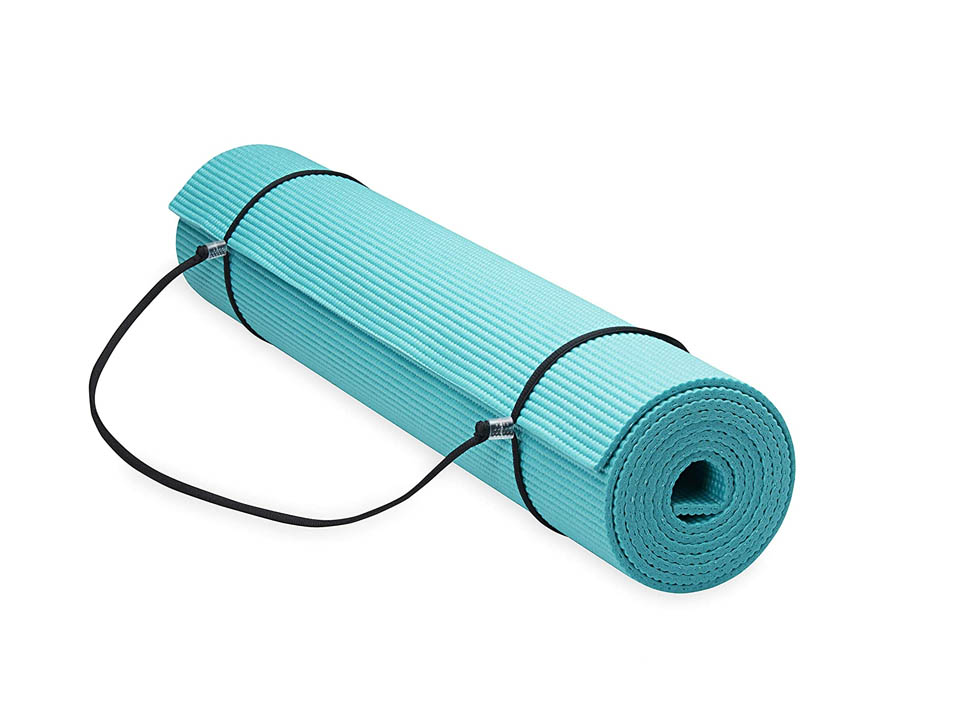


Best Non-Slip Yoga Mat
Gaiam Essentials Premium Yoga Mat
For $18.33
- Dual-sided textured grip for optimum traction
- Eye-catching colors
- Great price
- Cushioning can be a bit thin
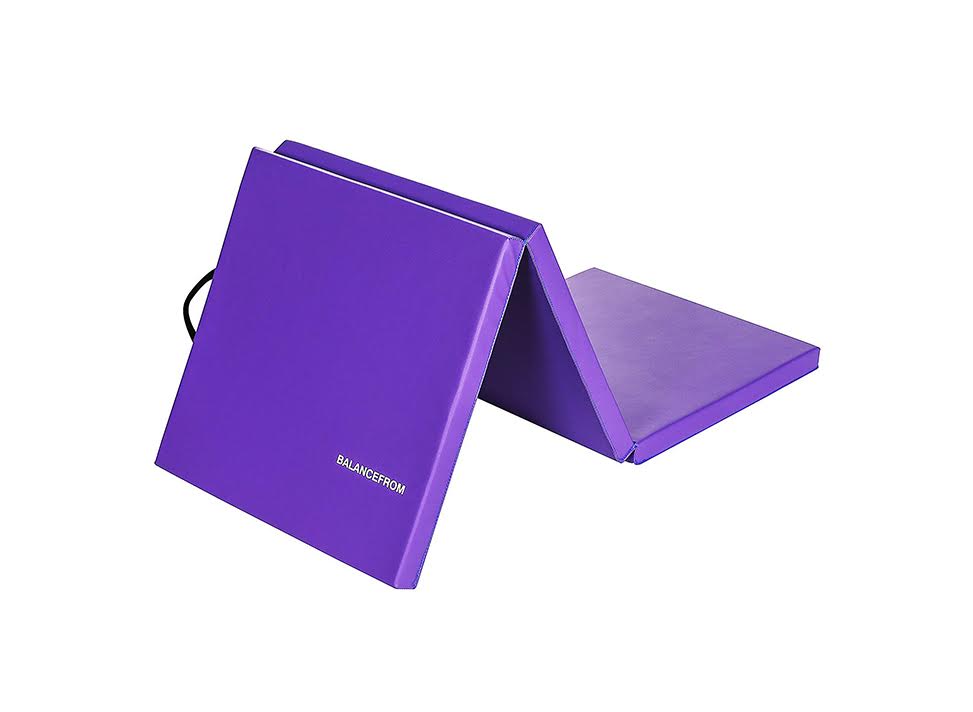


Best extra thick Exercise mat
BalanceFrom 2" Thick Tri-Fold
For $35.00
- 1/2” thickness lets you use it on hard surfaces like concrete
- Plenty of color choices
- 2 year warranty of color choices
- Not as easy to carry as other options
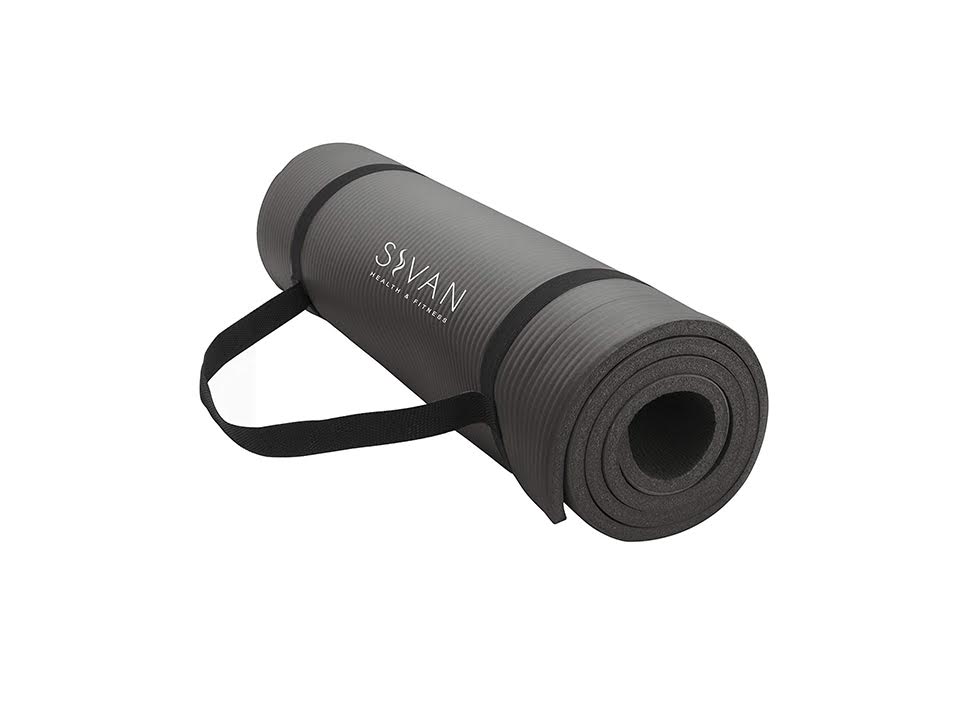


Best Pilates Mat
Sivan Pilates Mat
For $20.49
- Plenty of surface area for movement
- Non-slip bottom
- Adequate thickness for rolling movements
- Prone to tearing if used roughly
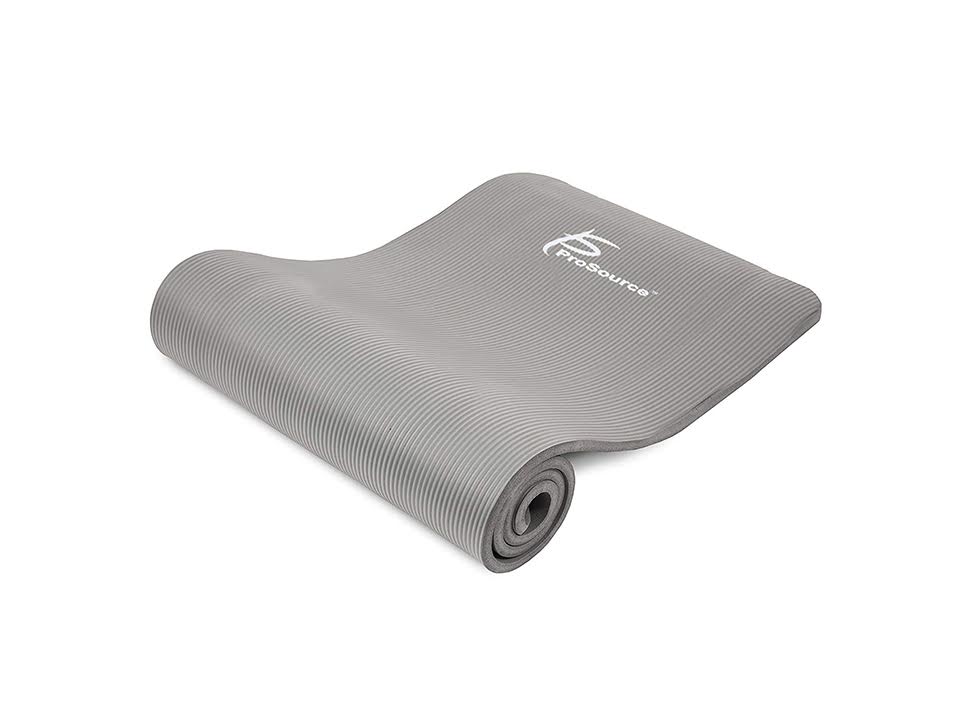


Best General Purpose Mat
Prosource Premium Yoga Mat
For $18.99
- Moisture resistant
- Thickness makes it forgiving on the joints
- Versatile utility utility
Common Questions
Q:How do I clean the exercise mat?
- If you use the mat every day, wash it at least once a month. You can soak the mat in water and mix a tablespoon of laundry detergent.
- Create your own cleaning/ disinfecting solution by mixing white vinegar and tea tree oil in water and soaking the mat in the solution.
- You can purchase an exercise mat cleaner/ yoga mat cleaner solution.
- Not all mats are machine washable. Make sure that you don’t turn on the spin cycle or use any harsh detergents.
Q:My exercise mat has a sulfur-like odor. How do I get rid of it?
Your mat may smell if it is made of rubber. You can get rid of the smell by washing it immediately when you bring it home. Keeping it out in the sun for a day can also remove the odor. Another way to get rid of the odor is to use a pH cleaner, such as Simple Green.
Q:How to store an exercise mat?
There are several ways to store an exercise mat:
- Many exercise mats have small holes on them. You can use these to hang the mats.
- You can tack all your mats in one place using a mat rack.
- Since you can easily fold an exercise mat, simply roll it up and store it in a bin or a basket.
- You could even store it in a plant holder!
Q:How to reposition heavy exercise equipment on the exercise mat?
Although exercise mats are durable, they may tear easily if you slide heavy equipment on them. Make sure to lift the equipment off the mat and carry it to its destination. Never slide them on the mat as it will tear the surface. It’s better to do the repositioning when you have another person with you, as it will make the task of lifting the equipment easier.
Q:What’s the ideal size for an exercise mat?
It depends on your height and your usage of the mat. If you use the mat for some mild post-workout stretching, you can get a shorter mat. If you plan to use the mat regularly for several exercises, get a larger mat. Ideally, get a mat that’s at least 6 inches longer than your height.
Q:Can I use my rug as an exercise mat?
No. A rug is usually too thin for exercising. Some rugs have an annoying habit of wrapping around themselves when you unfold them. That is a distraction and an inconvenience when you’re working out. Also, rugs don’t have an anti-slip coating, so they’ll slip during heavy exercise. They may also tear easily if you regularly use them to exercise.
Q:Which exercise mat is good for my workout?
There are different types of exercise mats in the market. The one you choose depends on the type of workout.
- Go for a thin yoga mat if you’re planning to perform low impact exercises.
- Choose a thick Pilates mat for heavy use.
- Get a fitness mat if you plan to do exercises that require some shock absorption, like crunches and stretching.
- Buy a horse stall mat for your floors if you intend to do heavy lifting like deadlifts.
- Get a foam mat for martial arts, jujitsu, etc.
Q:What’s a jump rope mat?
For an exercise such as jump-rope that has a heavy impact load, you should have a flooring that helps protect your joints and allows you to work out for longer durations without inducing fatigue. Enter: the jump rope mat. Most jump rope mats are either foam or rubber – materials that provide enough cushioning to let you land on your feet safely and protect your joints.
Q:Should I buy a folding exercise mat or a rollout one?
The foldable and rollout mats differ in terms of their utility and how they can be stored. You should get the one that is more suited for your workout.
Foldable mats have a smoother surface and are easy to clean. They are ideal for high impact exercises like martial arts, push-ups, and other such exercises. They are not ideal for use with weights.
Rollout mats are made of durable vinyl material, enabling you to roll them up easily. They provide better impact safety than foldable mats and can be used for weightlifting.
Q:Should yoga mats be thick?
Yoga mats are thinner than their counterparts. Their thickness ranges from 1/8th inch to 1/4th inch. If the yoga mat is too thin, your knee or other joints may get bruised when you exercise. If the yoga mat is too thick, you may lose your connection to the floor.
Choose a thickness that suits you best; when looking for a yoga mat, consider how much space you have, what exercises you’ll be doing, how portable you want the mat to be, and if you’re suffering from any joint pains problems.
Online Sources:
- https://originfitness.com/knowledge-and-advice/exercise-mat-buying-guide/
- https://www.exerciserig.com/best-exercise-mats/
- https://fitnessvigil.com/tips-to-buy-good-exercise-mat
- https://www.fitandme.com/best-exercise-mat-reviews/
- https://professionalshealthconnection.com/2018/03/08/choose-exercise-mat/
- https://www.yogaaccessories.com/comprehensive-yoga-mat-buying-guide.html
- https://www.bestwomensworkouts.com/best-exercise-mat/
- https://fittingguy.com/best-exercise-mat/

